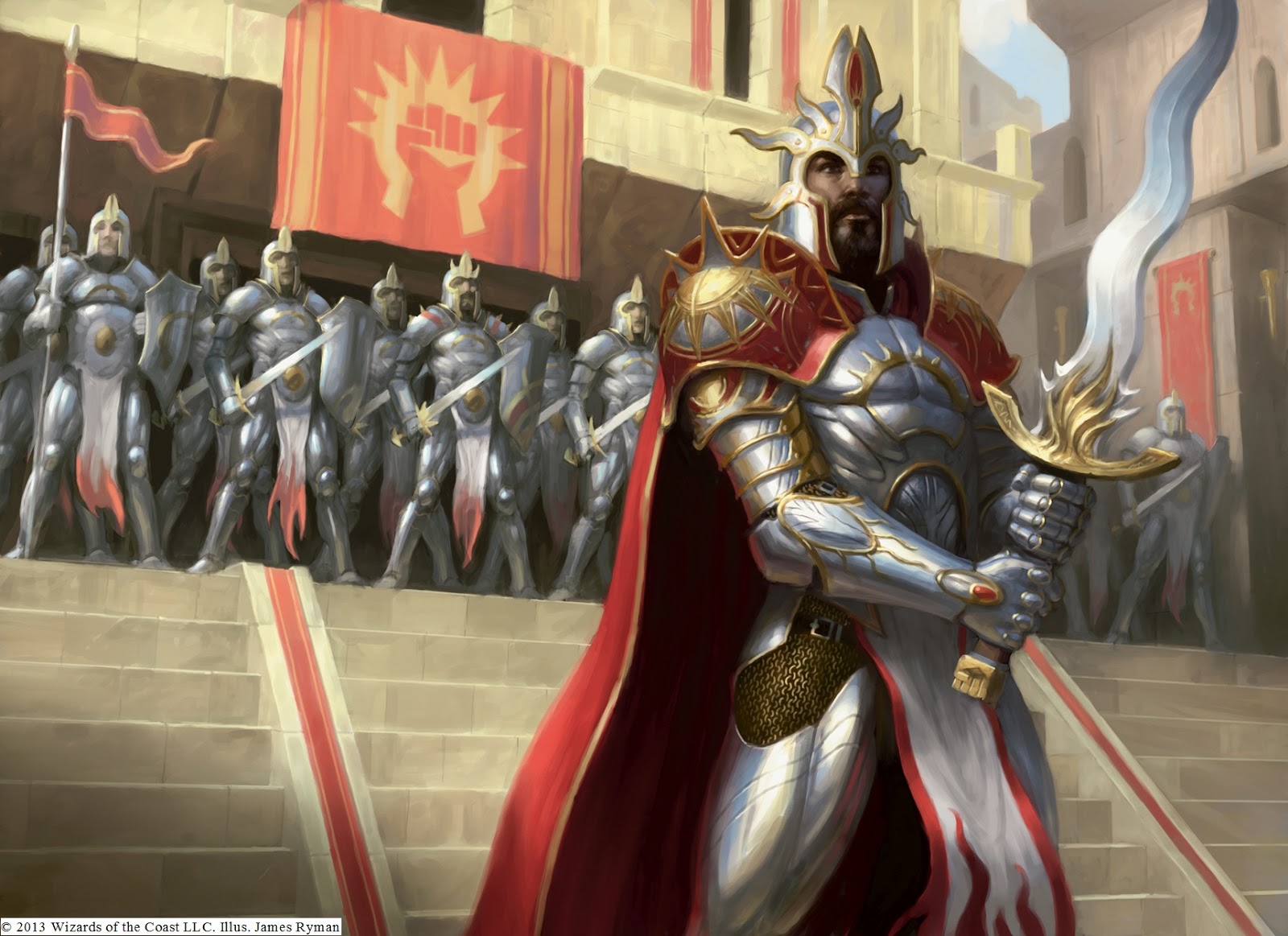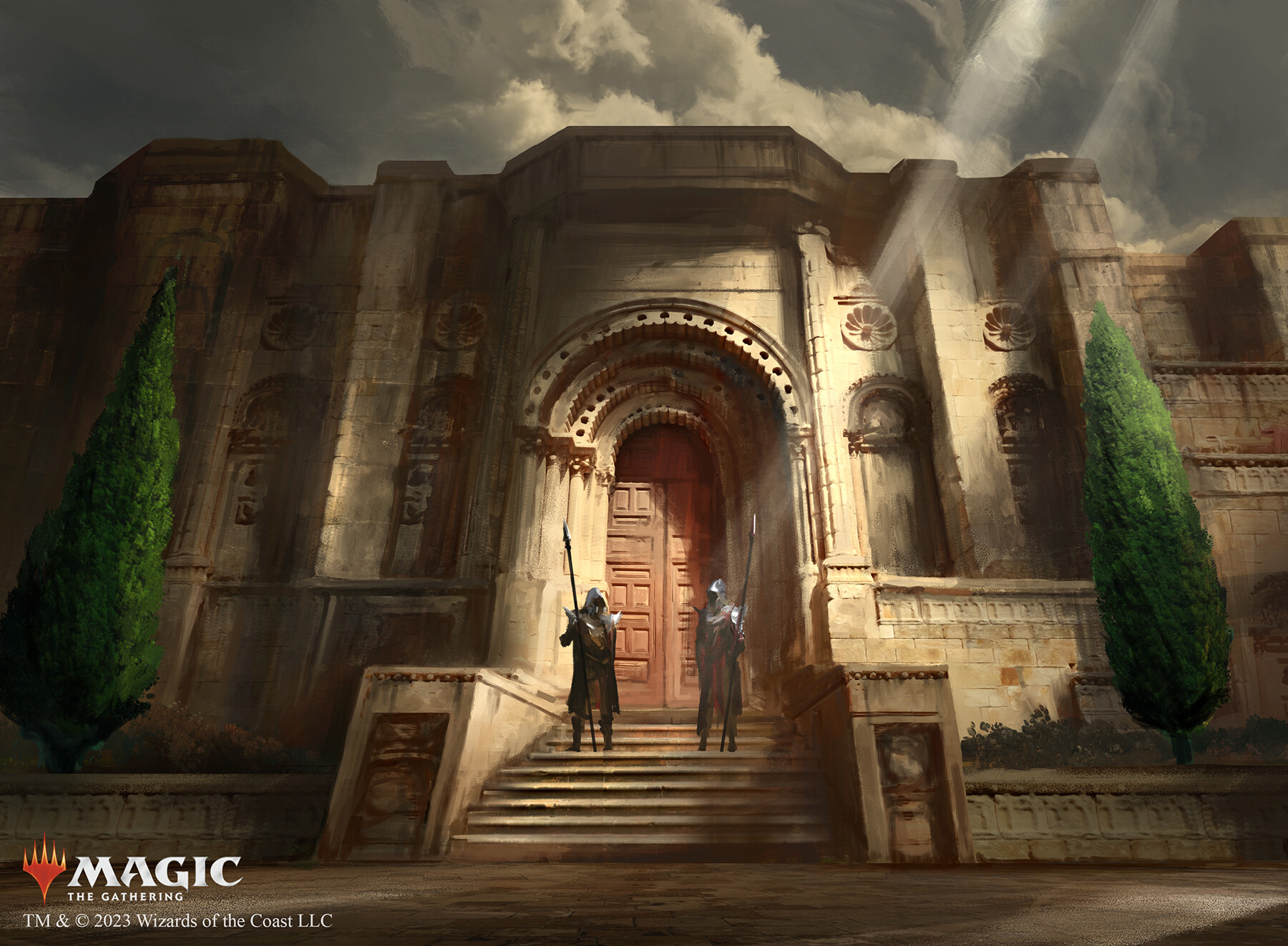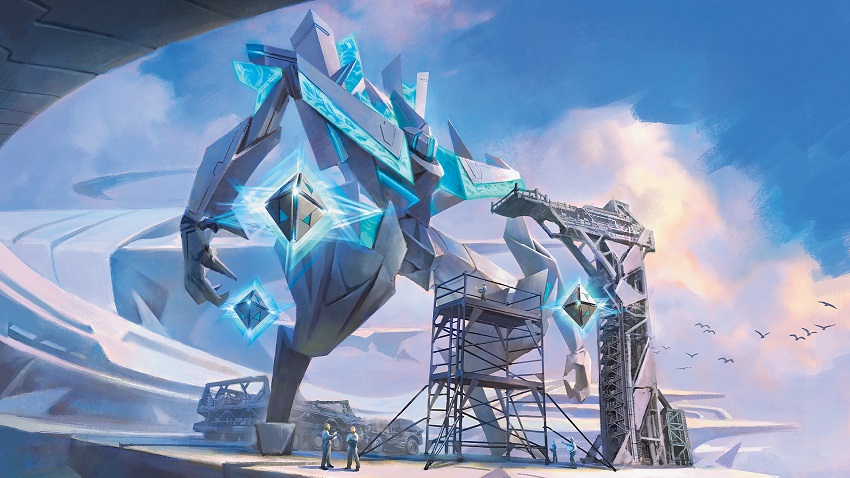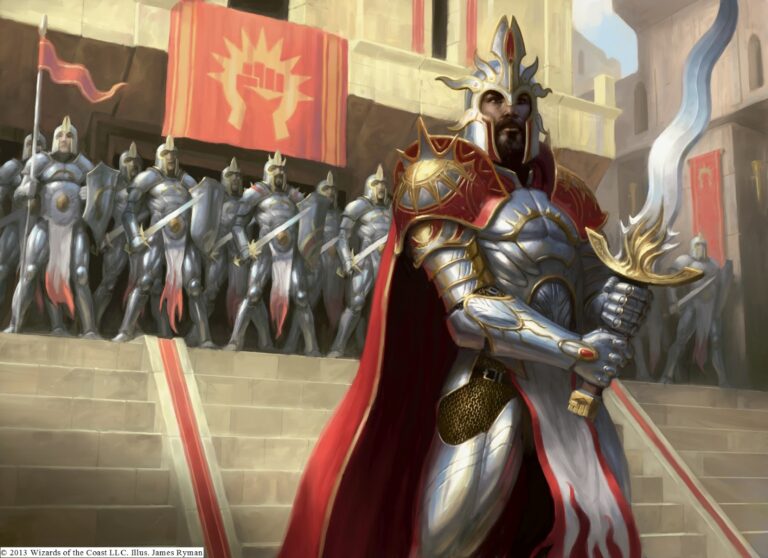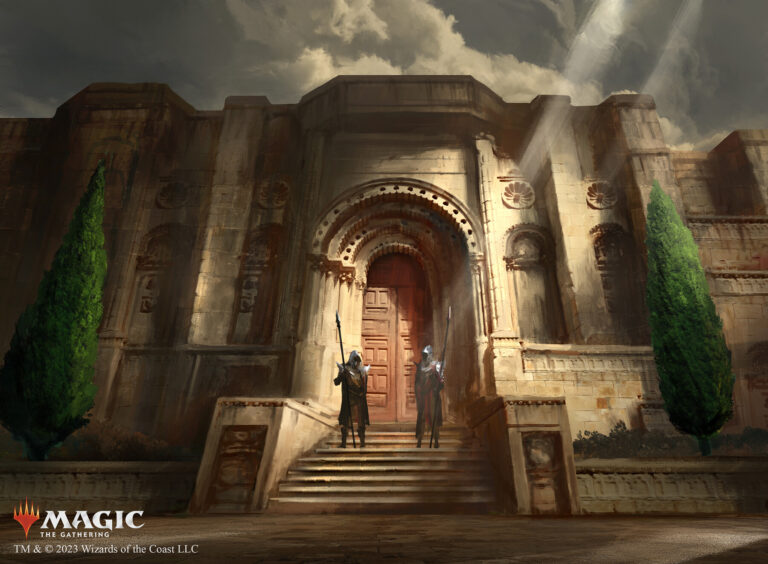Centurion Commander is a competitive and thrilling format that challenges not only your strategic skills but also your ability to adapt to a constantly evolving metagame.
Today, we want to revisit a topic already covered in our guide for new players: where to start when building your first Centurion deck.
By following these steps, you’ll be able to create a deck that not only reflects your playstyle but is also capable of competing effectively against the strongest decks in the format.
Step 1: Study the meta
Before you start selecting cards and commanders, understanding the metagame is essential. The metagame consists of the most popular and successful decks and strategies. Having a clear understanding of current trends will help you choose a deck that you not only enjoy but that can also compete effectively against the dominant decks.
- Metagame trends: look at which archetypes are currently dominating. Aggro, Control, Combo, and Midrange are some of the most common options, each with its strengths and weaknesses. For example, a Control deck might perform well against Aggro but struggle against certain Combo decks. You can refer to our page where we collect all the metagame data.
- Analyze winning lists: use tools like Moxfield to see which decks have had the most success in recent tournaments, or join the Centurion community on Discord and Facebook to gather opinions and feedback from experienced players.
- Keep an eye on updates: changes to the banlist can quickly affect the metagame, so staying informed about any updates is crucial to avoid ending up with an obsolete deck.
Step 2: Identify your playstyle
To enjoy the game, it’s essential to build a deck that matches your playstyle:
- Aggro: if you love speed and constant pressure, an Aggro deck is for you. Start quickly by putting creatures on the battlefield and aim to reduce your opponent’s life points before they can get their strategy going.
- Combo: combo decks require patience and precision. Their goal is to assemble a combination of cards that allows you to win in a single turn, often catching your opponent by surprise.
- Control: if you prefer slowing down the game and taking control of the battlefield, go for a Control deck. Neutralize your opponent’s threats until you can secure a safe win. This style requires good knowledge of the cards and the right timing to use them.
Having a clear plan for how you intend to win the game is essential. Identify your win conditions and build the deck around them. For example, an Aggro deck wants to quickly reduce the opponent’s life points, while a Combo deck seeks to prepare for a final blow in a single turn.
Step 3: Choose your Commander
The commander is the heart of your deck, the pillar around which the strategy revolves. Choosing the right commander is one of the most important decisions, as it will influence not only your playstyle but also the card selection.
- Mana cost: a commander with a low mana cost (1-3) allows you to have an early impact on the game and minimize the risk of being stuck without playing your general. However, higher-cost commanders can offer more devastating abilities but require a strategy to ensure you reach that point in the game.
- Synergistic abilities: your commander should have abilities that integrate well with the rest of the deck. For example, if you choose a commander like Aminatou, the Fateshifter, you might want to include cards that benefit from flickering (temporarily exiling and returning to the battlefield) or that synergize with topdeck manipulation.
Step 4: Manage variance
Once you’ve chosen your commander, it’s time to build the deck with variance management in mind. In Magic, variance represents the difference between mathematical expectations and the actual outcomes of a game. This gap between what is expected (e.g., drawing a certain amount of lands) and what actually happens is what makes each game unique and unpredictable.
Including cards that reduce uncertainty and increase your deck’s consistency is crucial. Cards like Ponder, Preordain, and Enlightened Tutor help you find your key resources or filter out less useful cards at any given point in the game.
This topic has been covered in detail in our guide on variance, where you can find concrete examples of how to leverage math in your favor!
Step 4a: Build your manabase
The number of lands in a deck is one of the aspects most sensitive to variance and changes depending on the deck type and mana curve, but a good general rule is to play between 35 and 40 lands. Decks with a lower mana curve can go as low as 35, while “heavier” decks might need more lands to support their strategies. Playing too many or too few lands can compromise the entire strategy.
Step 4b: Balance the mana curve
A balanced mana curve allows you to maximize your deck’s efficiency. Too many high-cost drops will slow you down, while a curve that’s too low might leave you without powerful cards in the later stages of the game. A balanced mana curve can make the difference between a slow start and a smooth, efficient game. However, don’t just aim for low or high mana costs; try to include cards that synergize well with each other and your overall game plan.
Step 5: Add threats and answers
Every competitive deck needs a balance between threats and answers. Threats are the cards that put pressure on your opponent, forcing them to deal with them, while answers help you manage their moves and protect your strategy.
- Threats: these can be powerful creatures or other permanents that, if left unchecked, can lead to a quick victory. Cards like Ragavan, Nimble Pilferer are an example of a threat that demands immediate answers.
- Answers: make sure to include enough countermeasures like removal spells and counterspells. If you’re playing an Aggro deck, you’ll need just the essential answers to maintain pressure. In Control decks, answers will dominate, while in Combo decks, they’ll help you buy time to assemble your combo or protect the decisive play.
Step 6: Test and Adapt the Deck
No deck is perfect right out of the gate. Testing your deck against various archetypes will help you understand its weaknesses and identify underperforming cards. Make changes based on what works best, aiming to keep your deck competitive and balanced. Don’t be afraid to experiment and make drastic changes if necessary.
Building a Centurion deck from scratch takes time and dedication, but the process can be extremely rewarding. With these steps and a well-structured approach, you’ll be able to create a competitive deck that reflects your playstyle and allows you to face the challenges of the format. Happy brewing, Centurion!



